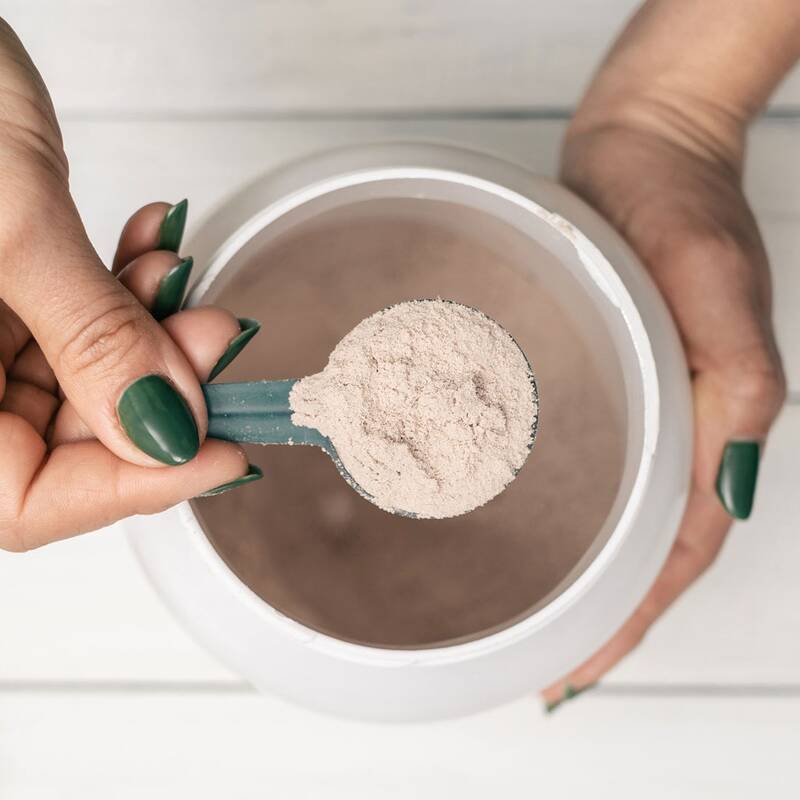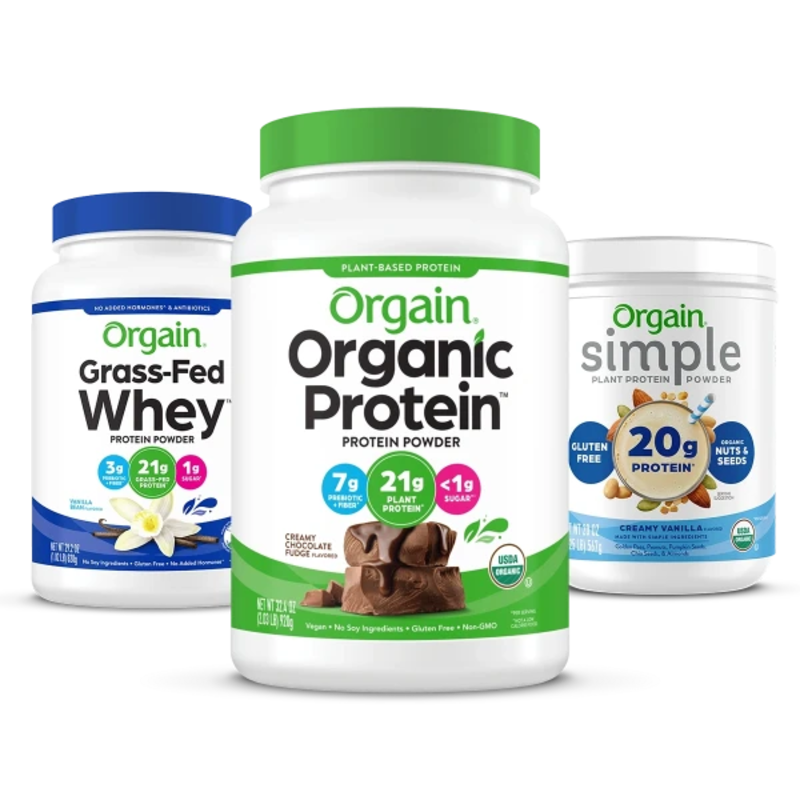Protein powder is a staple supplement for many fitness enthusiasts and dieters. It serves as a convenient source of protein. However, one common question arises: how long does protein powder last after opening? Knowing the answer is crucial for both effectiveness and safety. Furthermore, appropriate storage methods can significantly extend its shelf life. To make informed decisions, let’s delve deeper into this topic.
Understanding the Basics of Protein Powder Shelf Life
What Is Shelf Life?
Shelf life refers to the time a product maintains its intended quality. For protein powder, it’s about taste, texture, and nutritional value. Moreover, after opening, several factors influence its longevity. These include storage conditions and moisture exposure. Thus, it becomes essential to understand what affects the shelf life.
Expiration Dates: What They Mean
Most protein powders come with expiration dates clearly labeled. These dates indicate when the manufacturer guarantees the product’s quality. However, they don’t necessarily mean you must discard the product after that date. In many cases, protein powder remains usable and safe beyond its expiration date. Yet, users should be cautious and conduct a sensory evaluation for any signs of spoilage. Smell, taste, and texture are all good indicators of quality over time.

Factors Affecting the Shelf Life of Protein Powder
Ingredients and Composition
The ingredients in protein powder greatly affect its shelf life. Whey protein powder often contains dairy, while plant-based powders may include nuts or seeds. Dairy-based powders generally have shorter shelf lives, especially after opening. Conversely, plant-based options often last longer due to lower moisture content. Thus, understanding the components can guide users better.
Storage Conditions
Storage conditions play a pivotal role in determining how long protein powder lasts. Keeping it in a cool, dry place is ideal. Exposure to heat and humidity can accelerate spoilage. Additionally, light can also impact the integrity of the powder. For optimal results, consider storing protein powder in airtight containers. This added layer of protection minimizes exposure to moisture and air.
Signs Your Protein Powder Has Expired
Visual Inspection
Before using protein powder, visually inspect it. Look for any clumps, changes in color, or dark specks. These could indicate moisture contamination or spoilage. In particular, clumping can be a sign that your protein powder has absorbed moisture. If you notice these changes, it may be best to discard the powder. A quick visual check can save you valuable time and potential health concerns.
Sensory Evaluation
Besides visual cues, use a sensory evaluation to determine quality. First, smell the powder— it should have a pleasant scent. Any off odors can indicate spoilage. Next, taste a small amount, checking for unusual flavors. Ideally, protein powder should have a mild, neutral taste. If either smell or taste raises any concerns, it’s wise to err on the side of caution.
Best Practices for Storing Protein Powder
Use Airtight Containers
To maximize the longevity of your protein powder, consider using airtight containers. While most powders come in bags, these bags may not provide sufficient protection. Transferring your protein powder into a glass or plastic container can mitigate exposure to air. This simple step can significantly extend the shelf life of your product.
Keep Away from Heat and Moisture
Avoid storing protein powder in warm, humid environments. Kitchens often see fluctuations in temperature and moisture levels. Therefore, a pantry or cupboard away from the stove or dishwasher is ideal. Investing in a humidity absorber can also be beneficial. Such tools can safeguard the quality of your protein powder, ensuring it lasts longer.

The Impact of Protein Powder Variants on Shelf Life
Whey Protein
Whey protein generally has a shorter shelf life compared to plant-based options. The high moisture content in dairy-based products contributes to this phenomenon. After opening, it often lasts around six months to a year, depending on storage conditions. Therefore, understanding this aspect is essential for consumers who prefer whey protein.
Plant-Based Protein
Plant-based protein powders tend to have a longer shelf life overall. Ingredients like pea, rice, and hemp protein are generally more stable. After opening, they can often last a year or more if stored properly. Nonetheless, users should still observe caution and perform regular checks for quality.
The Role of Additives and Flavorings
Artificial Sweeteners and Preservatives
Some protein powders contain artificial sweeteners or preservatives to enhance flavor and extend shelf life. However, these additives can influence the overall quality over time. While these substances typically maintain their integrity, it’s wise to stay attentive to any changes. Regular quality checks will ensure that the protein powder remains safe to consume.
Natural Additives
Natural flavorings and ingredients can also impact shelf life. For example, ingredients like cocoa powder may affect the powder’s stability. Even though they offer great taste and health benefits, these additives can lead to potential spoilage. Thus, it is crucial to monitor your product’s quality closely for both aesthetic and health reasons.
Reusing and Repurposing Old Protein Powder
Making Smoothies
If your protein powder is still within the safe range but shows signs of aging, consider using it in smoothies. The addition of liquids and other ingredients can mask slight changes in taste. Moreover, this method allows you to boost your nutrient intake effectively. You can combine it with fruits, vegetables, and other healthy additives.
Baking Recipes
Another excellent way to use older protein powder is in baking recipes. Integrating it into bread, muffins, or pancakes can elevate nutritional value. Not only does this repurpose your powder, but it also enhances the taste and texture of your baked goods. This method ensures that you don’t waste your protein powder while enjoying a delicious treat.

When to Discard Protein Powder
Time Limits Post-Opening
Although protein powders can last a significant time after opening, it’s essential to know when to discard them. Most whey protein powders generally last around 6 to 12 months. Plant-based options can last up to a year or more. Nonetheless, keep an eye on any signs of spoilage.
Storage Conditions and Sensory Indicators
As previously mentioned, storage conditions matter immensely. If your protein powder has been improperly stored or shows signs of spoilage, don’t hesitate to discard it. The quality and safety of any supplement should be a priority. Always trust your senses to guide your decision.
Conclusion: Making Informed Choices
In summary, the longevity of protein powder after opening largely depends on storage conditions, formulation, and quality. Keeping protein powder in a cool, dry place will help maintain its freshness. Overall, being aware of signs of spoilage can prevent waste. Regularly monitoring your protein powder is a simple way to ensure it remains safe to consume. By following the tips detailed in this guide, you can enjoy the benefits of protein powder longer and more efficiently.
Additionally, being mindful of when to discard your protein powder will enhance your overall health. Whether you prefer whey protein or a plant-based option, staying informed is key. In the end, the right choices will ensure your protein powder remains effective and safe for consumption.
In conclusion, always refer to the packaging’s expiration date for guidance. Just remember that proper storage and awareness of spoilage signs are your best allies. In addition, consider the different types of protein powders available and their specific needs when making a choice. Awareness, proper storage, and understanding are key to making this valuable supplement work for you.
